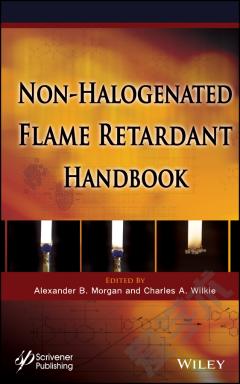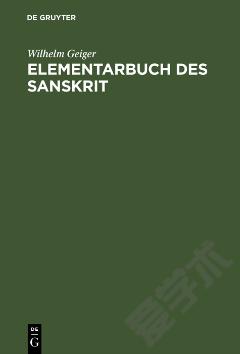A Sanskrit Handbook for the Fireside
Believing this as a theory, I resolved to test it by actual experi ment. I invited a half — dozen young ladies, recently graduated from our town schools, to undertake the study of Sanskrit, without any books to help them, or any written instructions except those of the black-board. The first lesson was confined to the alphabet. The Sanskrit equivalents were written over the English letters just in the order in which these are placed. Then short, simple English words, in which the consonant is preceded and followed by a vowel, were spelt in Sanskrit, such as Abi, Ira, Helen, Then words with the simpler combinations of consonants were taken, as Abbot, Blake, Butler, Graham, Next, names involving the most com plicated clusters of consonants were tried, as Phillipston, Pittsfield, When these were accomplished, we expelled the hyphen from English compound words, and spelt dishcloth, cornthresher, black guard, 'c. In the course of an hour, the whole class had mastered and applied the most involved and difficult combinations to be found or formed in Sanskrit. At the second lesson they began to read easy sentences, taking the first two verses of St. John's Gospel, of which the verb as, 6336, and three or four other words form the text. These were conjugated, declined, and analysed on the black board, and pretty fully impressed on the memory of each member of the class and when they left, I felt that they had made greater progress in the language in two hours than I had done in two months at first, with an experience in such studies which they did not possess Each subsequent lesson was chosen for its exposition of some. Grammatical or phonetic principle, or as illustrating the form and use of some particular mood, tense, or voice of a verb, as the Reduplicated Perfect, the Periphrastic Perfect, the Aorists, Intensives, Desideratives,
{{comment.content}}








 京公网安备 11010802027623号
京公网安备 11010802027623号